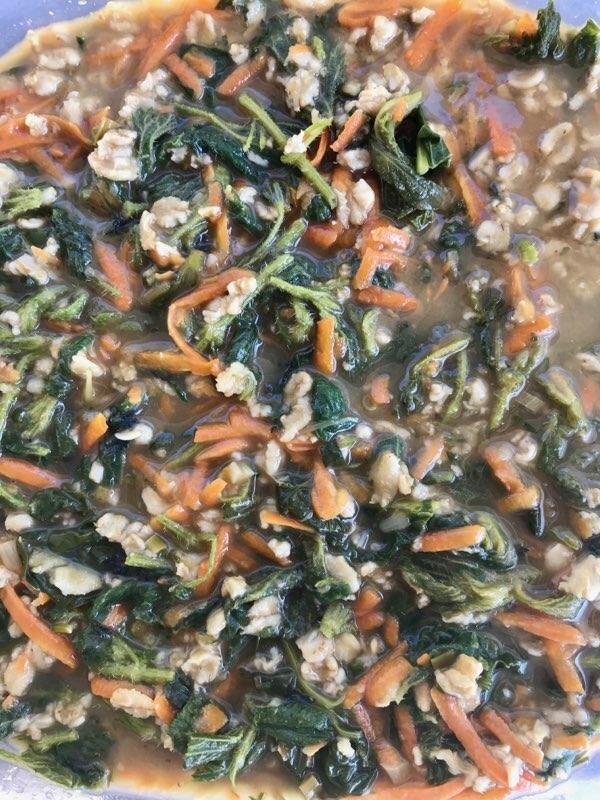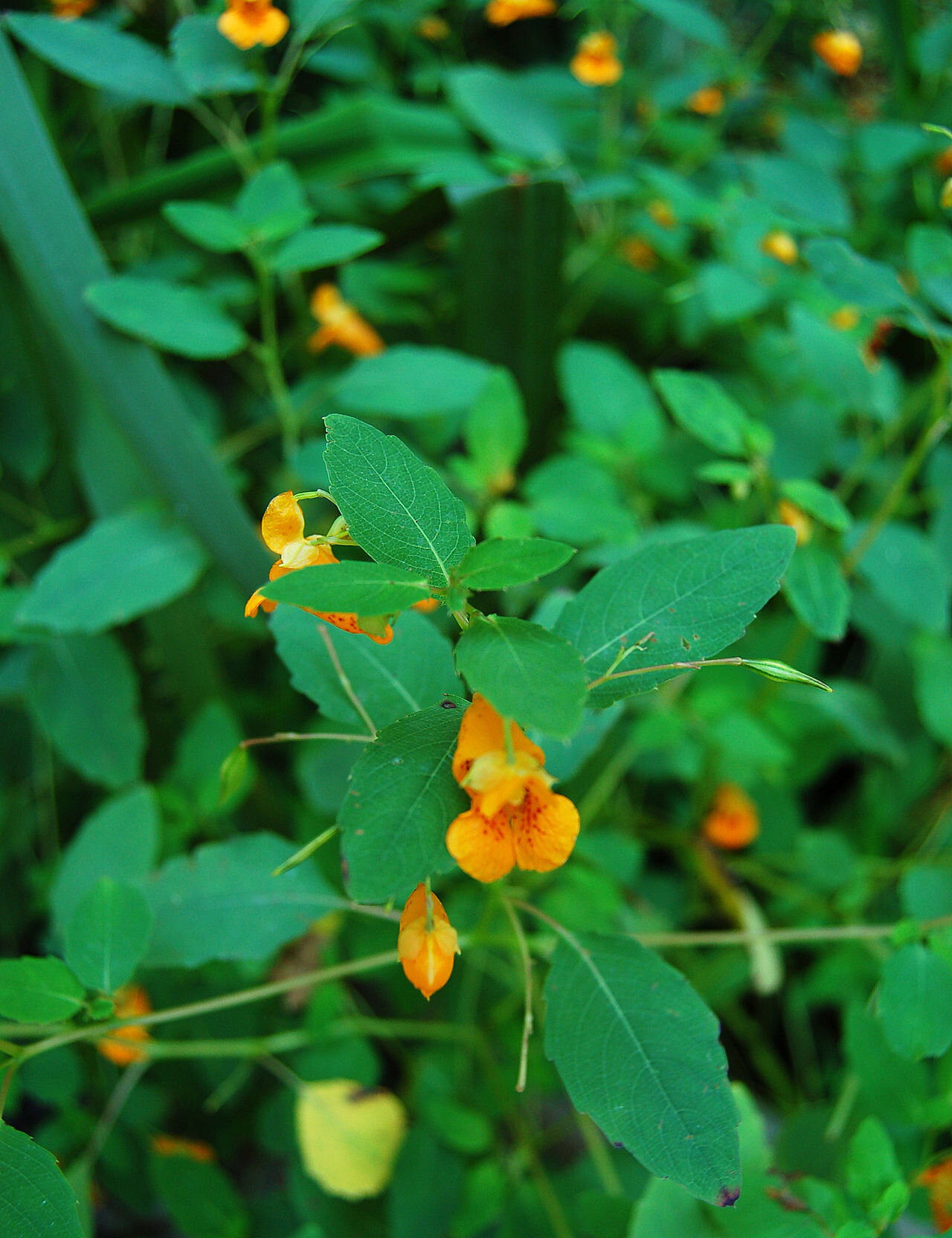The award for the most creative use of stinging nettles, (please see the first three attached photos), goes to Sarah S. a neighbor of Cedar Hollow Preserve. Sarah turned her harvest of stinging nettles into “the spring tonic soup”, which is “full of calcium and rich in many minerals our bodies are craving after a long winter”. Also, Sarah and her family keep honeybees that visit Cedar Hollow Preserve to collect nectar to make honey.




The stinging nettle is a fascinating plant that has a long history as a source for folk medicine, food and textiles. It is also an extreme skin irritant. Stinging nettles need damp soil to grow, which makes Cedar Hollow Preserve wetlands a perfect environment for them to thrive. If you ever had the unpleasant experience of being stung by a stinging nettle you know that the rash is immediate and irritating for hours. Ironically the antidote is often close at hand in the form of jewelweed (photo attached) which also grows in damp soil. Not only is jewelweed a traditional folk medicine to treat rashes but also there is scientific research showing that its high level of saponins helps its effectiveness treating skin problems.
For more information regarding jewelweed see the following link:
https://www.outdoornews.com/2018/08/23/jewelweed-a-natural-remedy-for-poison-ivy-stinging-nettles/
